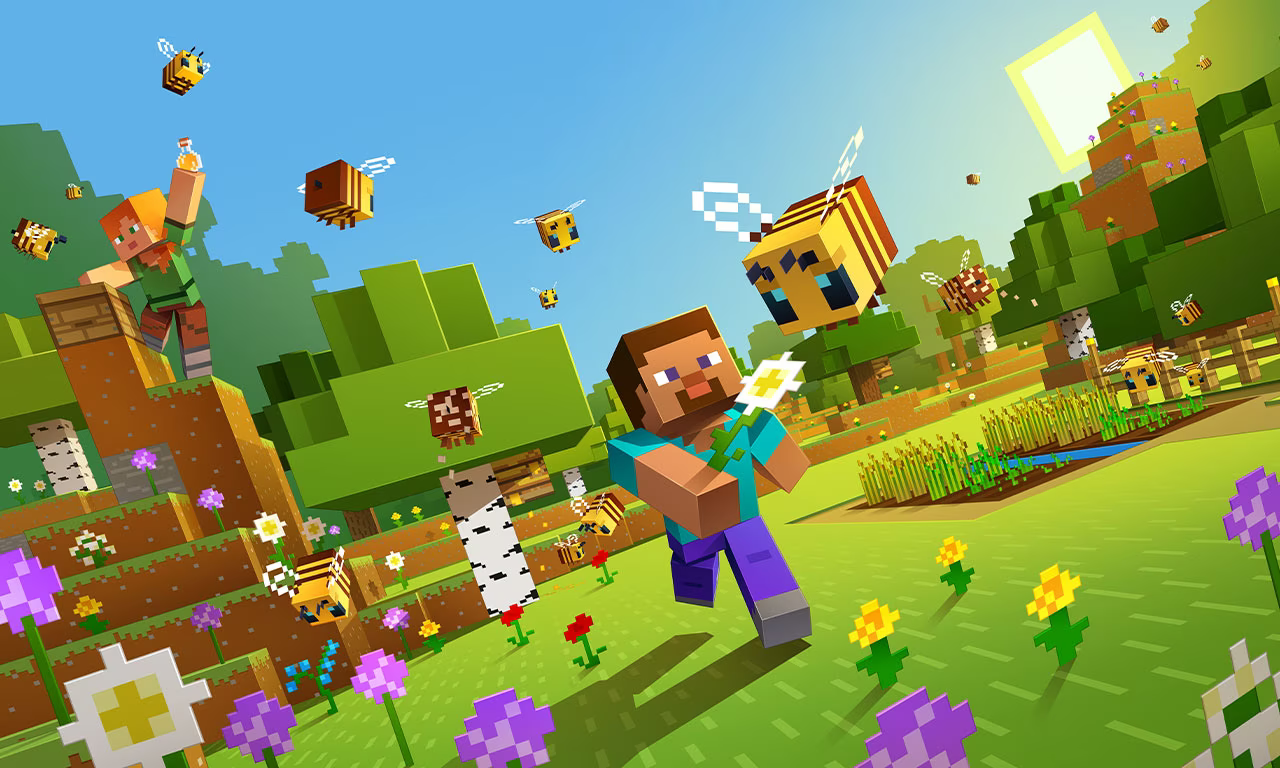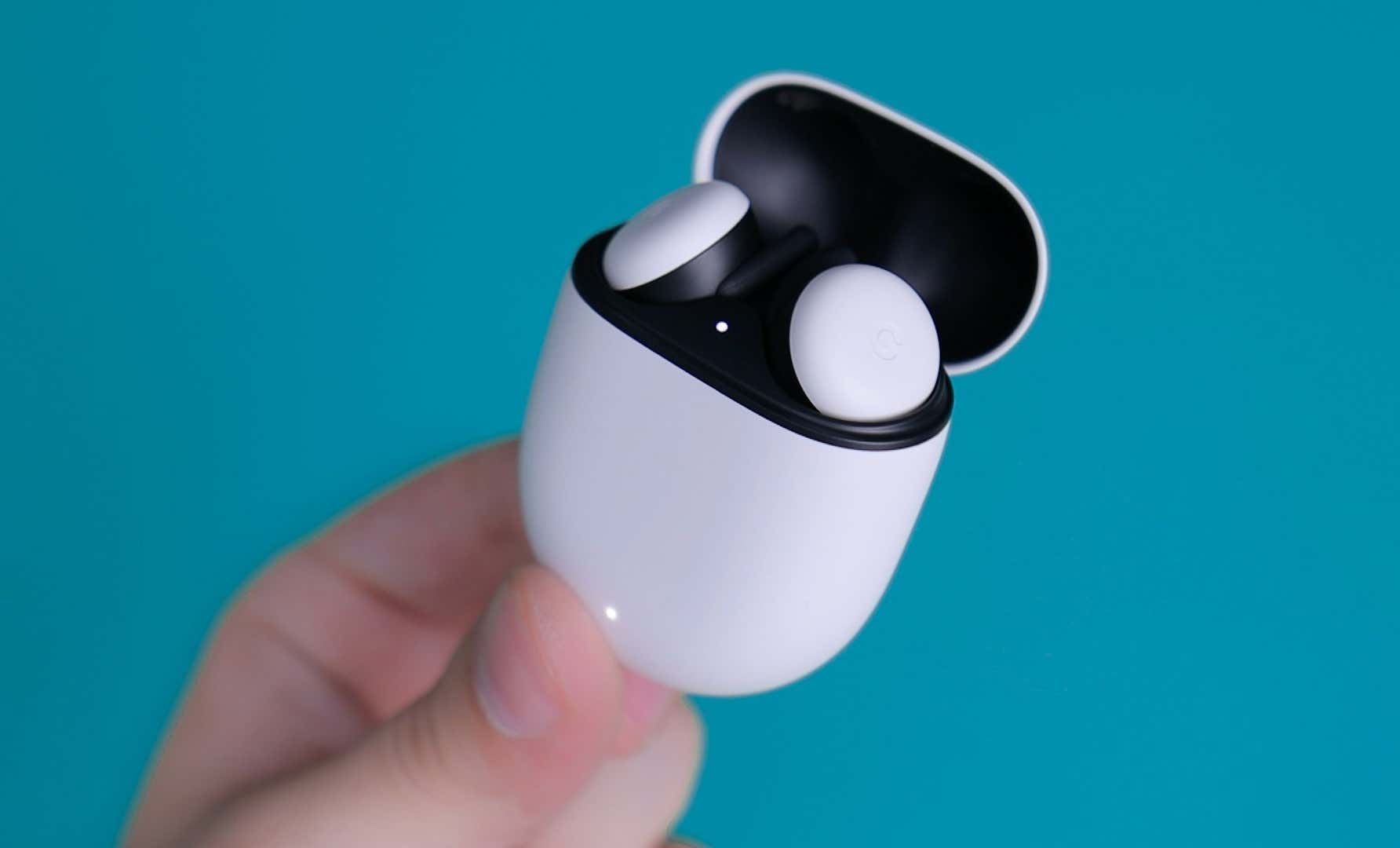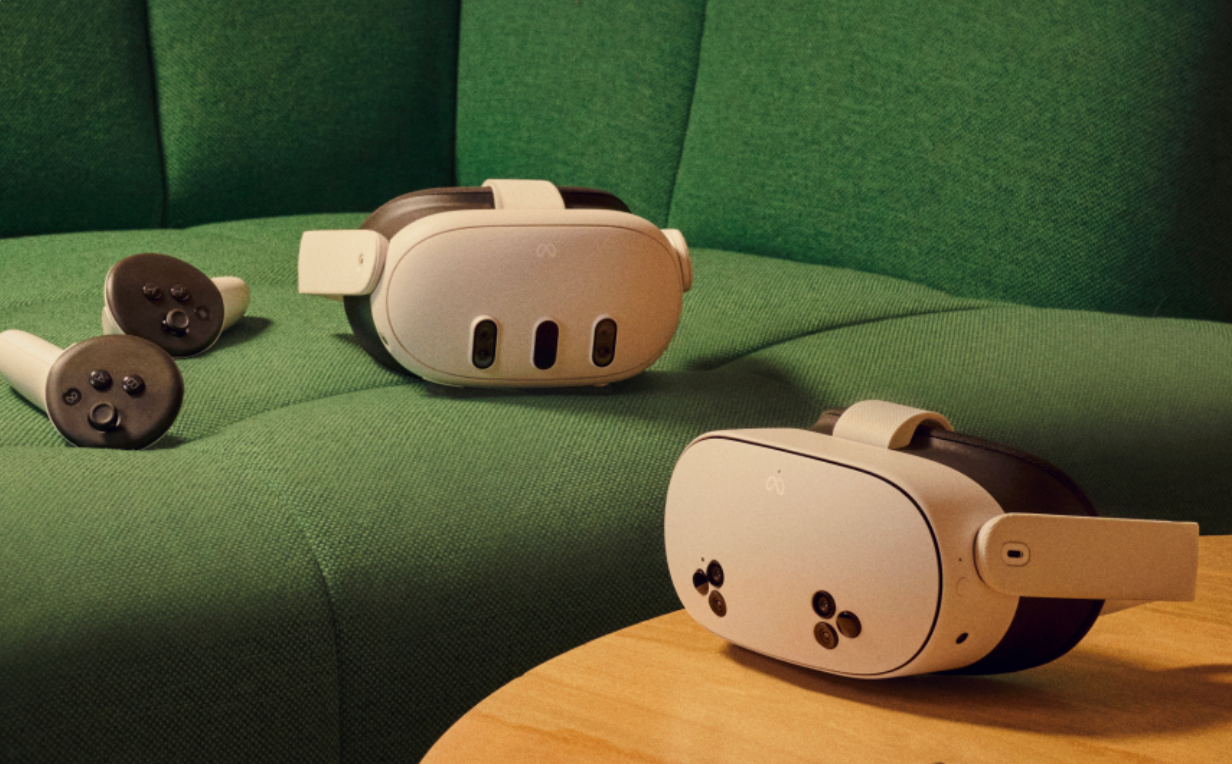**Unlocking the Versatility of Terracotta in Minecraft**
Terracotta is an incredibly versatile building material in Minecraft, offering a wide range of colors and patterns to enhance the aesthetic of your structures. Not only can you find terracotta naturally, but you can also craft it using clay blocks and fuel in a furnace. In this guide, we’ll delve into the world of terracotta, covering how to make it, find it, dye it, and use it in your Minecraft creations.
**What is Terracotta?**
Terracotta is a type of building block in Minecraft that offers the same durability as stone blocks, making it an excellent choice for construction projects. Its unique feature is its visual range, with the ability to have 16 different colors and various patterns, making it the most visually versatile block in the game.
**Required Materials for Terracotta**
To make terracotta, you’ll need clay blocks and fuel for the furnace. Clay is easily obtained by mining around sources of water, such as rivers, lakes, and swamps. You can also craft clay blocks by combining clay balls in a 4:1 ratio.
**How to Make Terracotta**
To make terracotta, place a clay block in the furnace and add fuel. The resulting terracotta block can be used for building and crafting. Alternatively, you can trade with villagers for terracotta, although this method can be more expensive.
**How to Get Terracotta**
Terracotta can be obtained through mining, trading with villagers, or crafting it yourself. Villagers may offer terracotta in exchange for emeralds, making it a convenient way to acquire this material. If you’re looking for natural sources, terracotta can be found in the badlands biome, while mason houses in desert and savannah villages may also yield terracotta blocks.
**Where to Find Terracotta**
Terracotta can be found naturally in the badlands biome, where you can mine it to your heart’s content. It’s also possible to find terracotta in certain village houses, such as mason houses in deserts and savannah villages. Underwater ruins may yield blue terracotta blocks, while trail ruins can provide other colors. Desert pyramids may contain blue terracotta blocks, although the majority will be red-yellowish blocks.
With this comprehensive guide, you’ll be well-equipped to unlock the potential of terracotta in Minecraft. Whether you’re looking to create a vibrant and colorful structure or add a touch of elegance to your builds, terracotta is an excellent material to have in your repertoire.Uncovering the Versatility of Terracotta in Minecraft
As you progress through the early stages of building in Minecraft, you’ll eventually want to create structures that stand out from the basic stone structures. Colored building blocks are a crucial element in achieving this. Terracotta, a versatile material, can be used to create a variety of structures, from basic to elaborate designs.
But why choose terracotta? Unlike stone, which can’t be painted, terracotta can be dyed in 16 different colors, giving you access to smooth, solid-colored blocks. Additionally, each colored terracotta block has a glazed counterpart, which can be obtained by smelting the block in a furnace. Glazed terracotta adds an extra layer of design flexibility, allowing you to create unique patterns and textures.
Terracotta blocks can also be used for interior decoration, and each colored terracotta block has its own version of glazed terracotta. This provides endless opportunities for creative experimentation and expression.
Redstone enthusiasts may appreciate the contrast between the colored terracotta and the redstone components. While terracotta doesn’t interact with redstone, combining glazed terracotta walls with redstone doors can create an eye-catching visual effect.
Unlocking the Color Palette: How to Make Terracotta Blocks
Finding the perfect color combination can be challenging, but fortunately, Minecraft provides an easy way to dye terracotta blocks. With the help of the crafting table, you can color eight terracotta blocks at once using a single unit of the respective dye. This makes it a highly efficient recipe, saving you resources and time.
However, it’s essential to remember that you can only dye a terracotta block once. Dyed terracotta blocks cannot be re-dyed, and the same applies to naturally occurring colored terracotta. Nevertheless, the potential for unique designs is vast, with 16 different colors to choose from.
Taking It to the Next Level: Adding Patterns to Terracotta
To create patterns on terracotta blocks, you can smelt a dyed terracotta block with any fuel in a furnace. The result will be a glazed terracotta block, featuring a pattern that’s dependent on the original color. Tiled patterns are possible, and placing multiple glazed terracotta blocks of the same pattern can create large, repeating designs.
Terracotta’s versatility also allows for creating unique corners, making it perfect for designing floors, ceilings, or walls. With an abundance of color options, the possibilities for creative experimentation are endless.
Conclusion
Terracotta is a powerful building material in Minecraft, offering endless possibilities for design and creativity. By searching for it in the badlands biome, trading with villagers, or crafting it from clay blocks, you’ll be well-equipped to unlock its full potential. With 32 types of terracotta blocks to choose from, including glazed variants, the options are virtually limitless. Get started with your creative projects and unlock the full power of terracotta!



